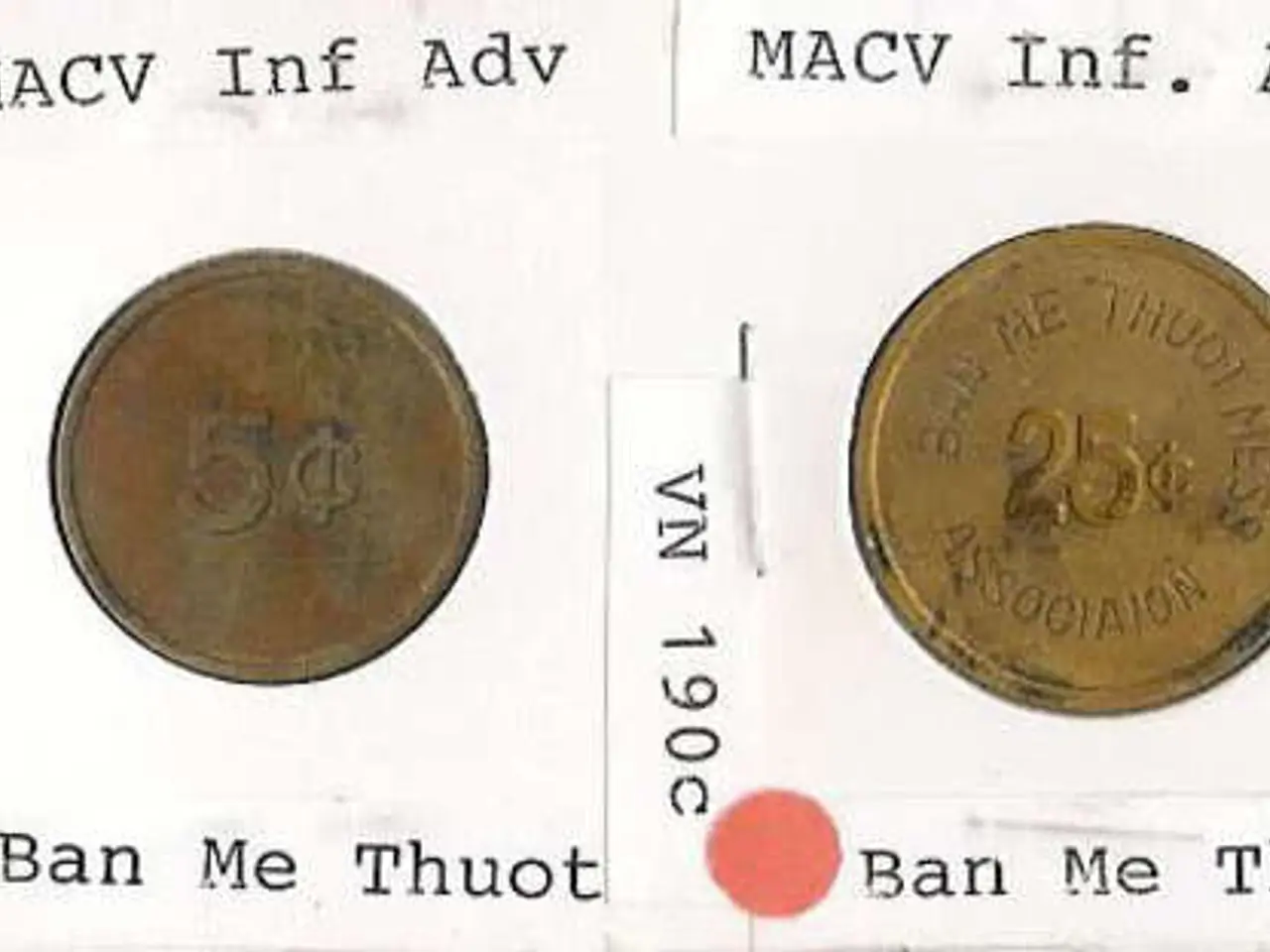Unusual negotiations unfold in the 'Bares for Rares' scenario: a deviation from the norm
In a unique turn of events on the popular German TV show "Bares für Rares," an heirloom coin collection from the German Reich, dating back to the 17th century and featuring coins from various kings and emperors, was sold for an unexpected price.
The collection, passed down through generations and owned by Christa from Schafflund, held a material gold value of approximately 5,590 euros. However, the actual auction price was significantly higher due to the historical and numismatic significance of the coins.
Christa cautiously expressed a desired price of 10,000 euros for the collection. Experts, such as Heide Rezepa-Zabel, estimated that the collection should be sold for between 14,000 to 15,000 euros.
The coin museum expressed interest in the collection but could not agree on the price. The collection, arranged by size and colour, included coins from the German Reich, Prussian kingdom, and neighbouring states. The oldest coin in the collection dates back to 1643 and shows Philip IV, king of the Spanish empire.
The auction took an unexpected turn when three dealers simultaneously pulled out their wallets and placed a stack of cash on the table, offering a joint bid of 9,000 euros for the collection. After initial hesitant bids, the dealers joined forces, outbidding other potential buyers.
Horst Lichter, a well-known expert in the field, found the estimated value of the collection remarkable. The sale of the collection highlights the importance of historical and numismatic significance in determining the value of such items, often exceeding their material value.
While the raw material value provides a minimum worth, the actual auction or sale price on a show like "Bares für Rares" may be higher if the coins are rare or historically significant. Conversely, if the coins are common or in poor condition, prices might be closer to bullion value.
Specific coins, like the 1888 German 10 Mark gold coin from Emperor Friedrich III's brief reign, can elevate the collection value beyond its metal content due to rarity and historical importance.
The sale also included other items, such as a gold brooch with opals and amethysts from around 1890, which was sold for 700 euros to Susanne Steiger, and paintings by Carl Ludwig Fahrbach, which were bought by Wolfgang Pauritsch and Fabian Kahl for 600 and 400 euros, respectively.
The event marked a rare occasion on "Bares für Rares," where three dealers came together to bid on a single item, demonstrating the high demand for such rare and historical collections.
In the unforeseen dynamics of the auction on "Bares für Rares," three dealers collaborated, offering a joint bid of 9,000 euros for the heirloom coin collection, demonstrating a high demand for social-media worthy entertainments that boast historical and numismatic significance. The collection, with coins dating back to the 17th century, transcended its material value, selling for a price far exceeding the estimated range of 14,000 to 15,000 euros, underlining the allure of such rare artifacts in the world of social-media entertainment.








